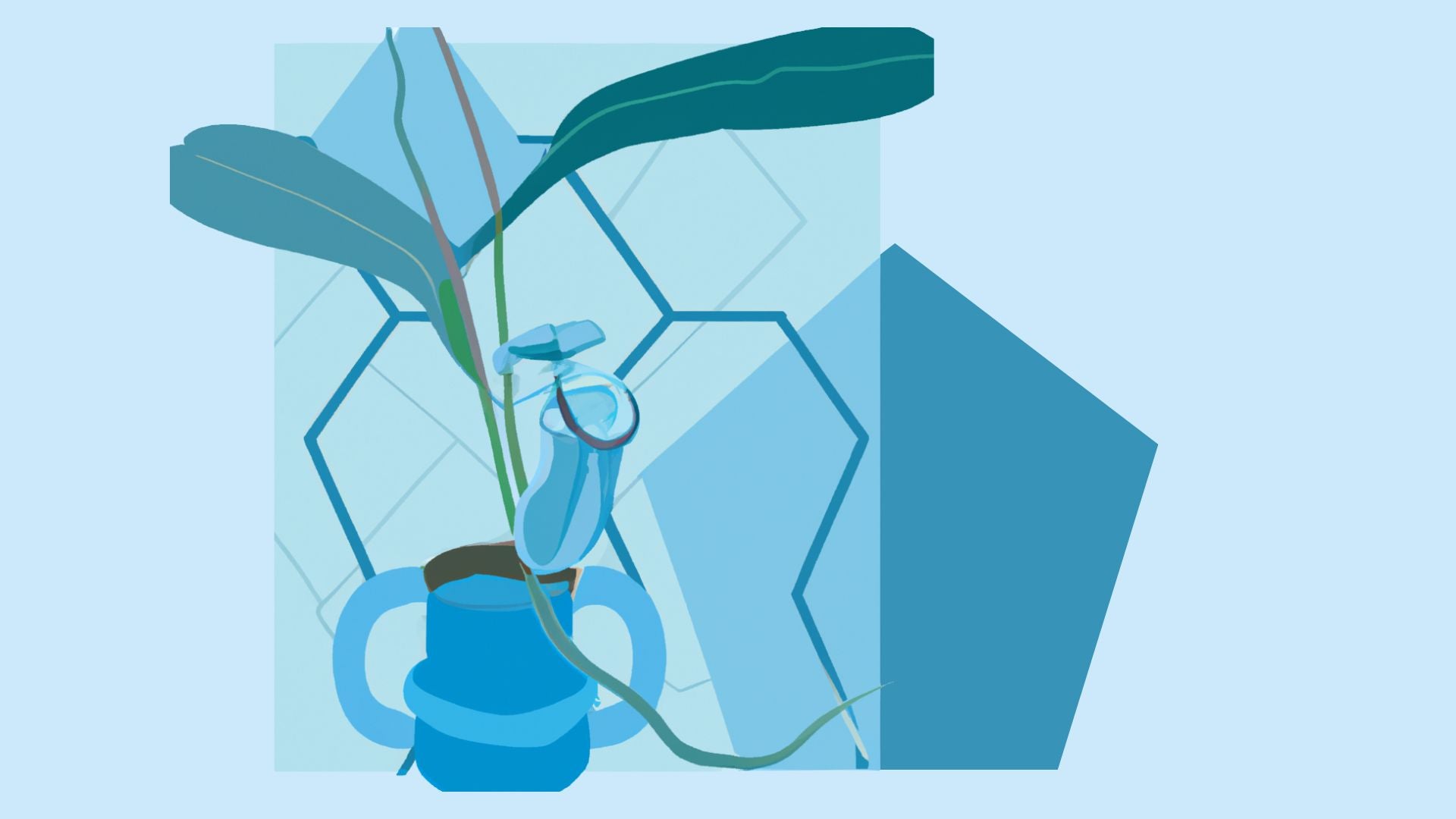
Unlocking the Secrets of the Nepenthes Pitcher Plant: How its Unique Adaptations Inspire Revolutionary Technology
The Nepenthes pitcher plant, also known as the tropical pitcher plant, is a fascinating and unique species of carnivorous plant that has captured the imagination of scientists and botanists for centuries. The plant is native to Southeast Asia, and it is known for its large, colorful pitcher-shaped leaves that are used to capture and digest insects and other small prey.
The discovery of the Nepenthes pitcher plant dates back to the early 18th century, when European explorers first encountered the plant in the tropical forests of Southeast Asia. These explorers were immediately struck by the plant's unusual appearance and its ability to trap and digest insects, and they began to collect and study specimens of the plant.
One of the most famous early explorers of the Nepenthes pitcher plant was Sir Stamford Raffles, the founder of modern Singapore. Raffles collected and studied many specimens of the plant during his travels in Southeast Asia, and he wrote extensively about the plant in his journals and scientific papers. Raffles and other early explorers of the Nepenthes pitcher plant were fascinated by the plant's unique adaptations and its ability to thrive in such a harsh and challenging environment.
In the centuries that followed, scientists and botanists have continued to study the Nepenthes pitcher plant, uncovering new insights into its biology and ecology. One of the most recent and exciting discoveries about the Nepenthes pitcher plant is its ability to create a slippery surface on the inside of its pitcher leaves that makes it difficult for insects to climb out once they have fallen in.
This discovery has inspired a new technology known as LESS (Liquid-Entrenched Smooth surface) which mimics the slippery surface of the Nepenthes pitcher plant to prevent ice and dust from accumulating on surfaces and also to repel liquids and a wide variety of viscoelastic solids. This technology has a wide range of practical applications, from preventing ice from building up on airplane wings to making medical instruments more resistant to contamination.
In conclusion, the Nepenthes pitcher plant is a unique and fascinating species of carnivorous plant that has captured the imaginations of scientists and botanists for centuries. The discovery of this plant dates back to the 18th century and has led to the inspiration of the LESS technology, a revolutionary technology that mimics the slippery surface of the plant to prevent ice and dust from accumulating on surfaces and also to repel liquids and bacteria. With a wide range of practical applications, the LESS technology has the potential to make significant impact in various industries.